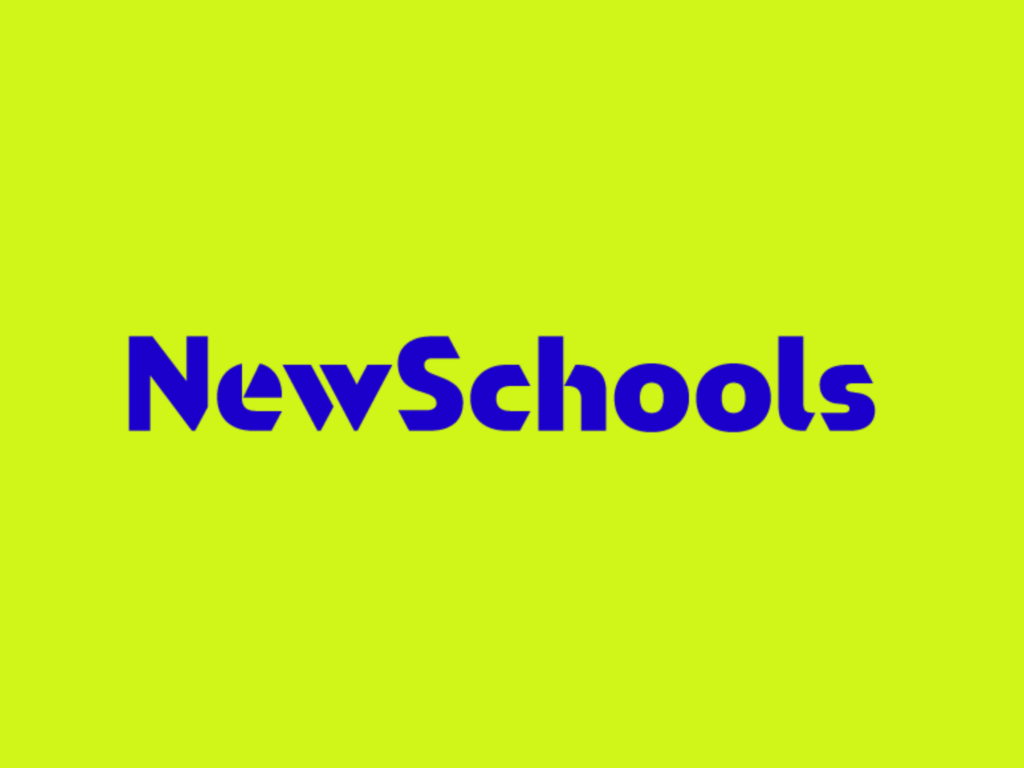Our annual NewSchools Summit is coming up soon, on May 6, 2015. Over the coming weeks, we will feature some of our exciting presenters.
 First up this week is Tom Chi, a Google X co-founder, entrepreneur, teacher, and rapid prototyping enthusiast. During Tom’s time as the head of Product Experience at Google X, the team created Google Glass, the Self-Driving Car, Project Loon, Google Brain, and more. Recently, Tom has been working with dozens of entrepreneurs in the developing world to create usable, cost-effective solutions that help people access clean water, nutritious food, electricity, and financing. Tom’s Summit session will explore how the process of rapid prototyping can be applied to education. I sat down with Tom to ask him a few questions:
First up this week is Tom Chi, a Google X co-founder, entrepreneur, teacher, and rapid prototyping enthusiast. During Tom’s time as the head of Product Experience at Google X, the team created Google Glass, the Self-Driving Car, Project Loon, Google Brain, and more. Recently, Tom has been working with dozens of entrepreneurs in the developing world to create usable, cost-effective solutions that help people access clean water, nutritious food, electricity, and financing. Tom’s Summit session will explore how the process of rapid prototyping can be applied to education. I sat down with Tom to ask him a few questions:
Tom, tell us about your approach to rapid prototyping and how you think it can help reinvent school.
Rapid prototyping is ultimately all about learning. Specifically, it’s about maximizing the rate of learning in any new space. Rapid prototyping is a new tool in your toolkit that challenges some of the ways that we’ve traditionally learned – both in terms of practically using it to solve a problem that educators may face, but also more fundamentally, revisiting the way people learn how to learn in the programs they create.
What most excites you about the potential of reinventing school?
We have the world that we have because we think the way that we do. You can try to fix the world superficially while still thinking the way that you do, but it may not stick. To the extent that you think the way that you do, then you’ll probably eventually recreate that old world no matter what short-term fixes you create. Education is in a unique position to change the way that we think and create a different world.
Where else have others used your ideas about rapid prototyping?
We’ve done this work with top executives of corporations and folks that are on the forefront of science and engineering. It’s also being used all around the developing world. I’ve worked with 100 social entrepreneurs, including the largest micropayments provider in Zambia and the group that started a major water clean-up project to provide potable water to a large population in the Dominican Republic. It’s been applied to work on solar electrification in rural Guatemala and on changing public service and public information campaigns in Cambodia.
In these situations, the improvements haven’t been 10% or 20% improvements – they’ve been much greater. In Kenya for example, we developed a way to deliver micronutrients to the 3 million people that need them 10,000 times more efficiently than the UN World Food Programme. The amount of money you need to help people there is four orders of magnitude less.
What do you want people to take away from your Summit session?
Just how possible it is to learn new ways of doing things that might be dramatically better. The outcomes are not merely 10% better, the outcomes can really be 100 or even 10,000 times better. An inconceivable amount of improvement is possible if you have the tools and techniques – and the belief that it’s possible.
Curious to learn more? Watch Tom’s TED-Ed talk on Rapid Prototyping Google Glass.
Check out www.nsvfsummit.com for the latest updates on our agenda.


